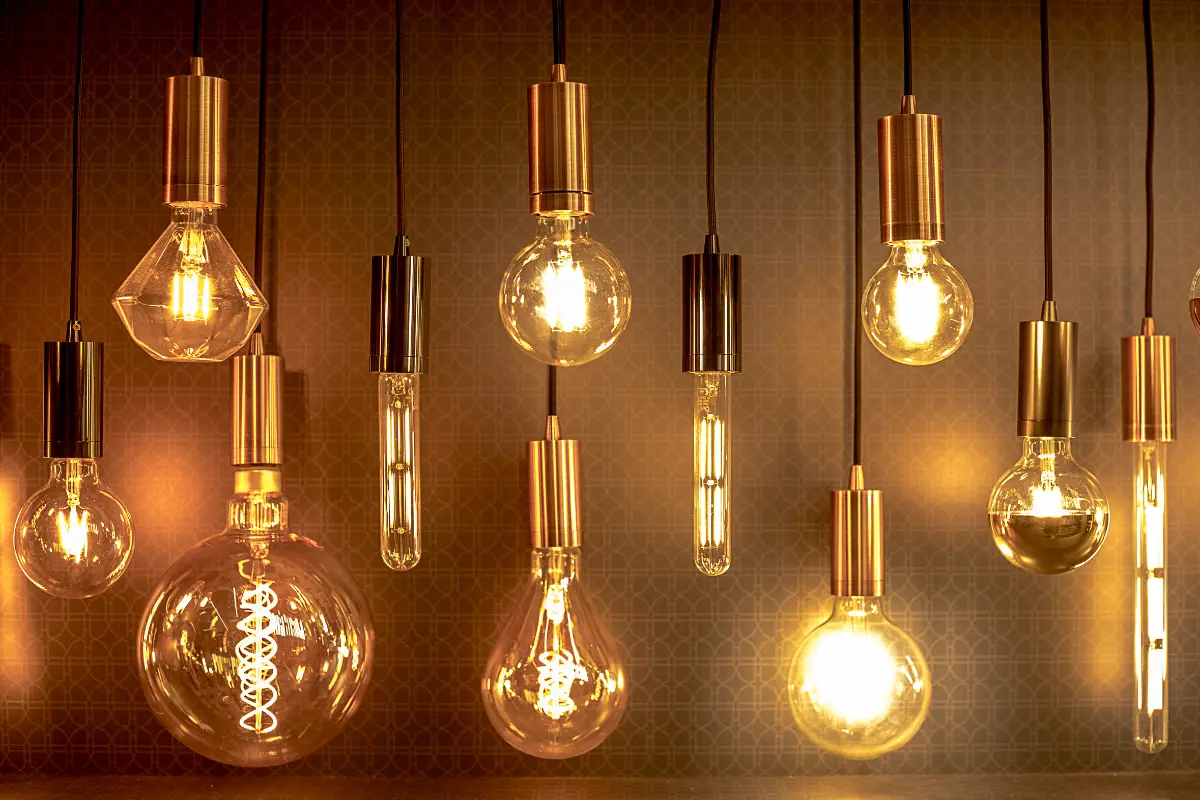Proper illumination is crucial for performing everyday tasks efficiently and comfortably. Whether you’re working on a project, reading a book, or engaging in a hobby, inadequate lighting can strain your eyes, leading to fatigue and discomfort.
This is where focused lighting solutions come into play, offering a targeted approach to enhance visibility and reduce eye strain. In this article, we’ll delve into the importance of task lighting and provide tips for optimizing your lighting setup for various activities.
Understanding the Concept
Task lighting is designed to provide focused and direct light for specific tasks or work areas. Unlike ambient or general lighting, which lights up an entire room, task-specific illumination concentrates light on a particular surface or area, ensuring optimal visibility and clarity for the task at hand.
Such lighting can take various forms, including desk lamps, floor lamps, under-cabinet lights, or even specialized fixtures designed for activities like sewing, crafting, or woodworking. By strategically positioning these light sources, you can create a well-lit and comfortable environment for your daily activities.
The key advantage of task lighting is its ability to provide targeted light exactly where it’s needed most. This focused approach helps reduce eye strain, glare, and shadows, making it easier to see and work on intricate details or small objects. Moreover, these lighting solutions can be adjusted and directed to suit your specific needs, allowing you to customize the lighting angle and intensity for optimal visibility.
Task lighting proves particularly useful in areas where precise and detailed work is required, such as a home office, craft room, or workshop. It’s also invaluable in spaces like kitchens, where proper illumination is essential for safe and efficient food preparation.
When incorporated into your overall lighting design, task lighting can complement and enhance the functionality of your ambient and accent lighting. By using a layered lighting strategy, you can create a well-balanced and visually appealing environment that caters to different activities and moods within the same space.
Advantages of Task Lighting
Expanding on the benefits, it’s clear that incorporating effective illumination into workspaces or areas where specific tasks are performed can significantly enhance both the physical and psychological aspects of working environments. Here are additional benefits and elaborations on the importance:
- Better Concentration and Focus: Illuminating the specific area where work is being done significantly reduces distractions caused by either too much light or too little light in peripheral areas. This helps individuals concentrate better, leading to improved efficiency and quality of work.
- Energy Efficiency: Modern solutions often incorporate LED technology, known for its energy efficiency compared to traditional lighting options. This not only reduces electricity costs but also contributes to a more environmentally friendly workspace by lowering the carbon footprint. Additionally, LED lights tend to have a longer lifespan, reducing the need for frequent replacements.
- Enhanced Mood and Morale: Proper lighting can greatly influence mood and morale. A well-lit workspace can make tasks seem less daunting and more enjoyable, positively affecting overall job satisfaction and motivation.
- Customization and Flexibility: These lighting solutions often offer the ability to adjust brightness and sometimes even color temperature. This customization enables individuals to create a setup that best suits their specific needs and preferences, further enhancing comfort and reducing eye strain.
- Preservation of Ambient Lighting: In addition to the direct benefits, task lighting allows for the preservation of ambient lighting conditions. Instead of increasing overall room brightness, which can lead to glare and other issues, it illuminates only the specific area needed. This approach maintains the overall ambiance of a space while still providing the necessary light for tasks.
- Supports Circadian Rhythms: Appropriate lighting, especially when it includes options to adjust color temperature, can support the body’s natural circadian rhythms. Exposure to cooler light during the day and warmer light in the evening can help regulate natural sleep patterns, particularly beneficial in work environments where individuals may be exposed to artificial lighting for extended periods.
Selecting the Right Illumination
When choosing task lighting, consider several factors:
- Lighting Type: LED lights are a popular choice due to their energy efficiency, long lifespan, and cool operating temperatures. However, other options like halogen or compact fluorescent lamps (CFLs) can also be suitable, depending on your preferences and needs.
- Light Color and Temperature: The color temperature can impact your perception and mood. Warmer temperatures create a cozy atmosphere, while cooler temperatures promote focus and concentration.
- Brightness and Adjustability: Look for lighting with adjustable brightness levels or dimming capabilities to adapt to different tasks and personal preferences.
- Positioning and Placement: Proper placement is crucial for maximizing effectiveness. Position the light source to minimize glare and shadows, ensuring even illumination on your work surface.
Lighting for Specific Activities
Different activities may require specific lighting setups. Here are some examples:
- Reading and Writing: An adjustable desk lamp or a swing-arm lamp with a focused beam can provide ample illumination for reading or writing tasks, reducing eye strain and fatigue.
- Crafting and Hobbies: Activities like sewing, knitting, or model-building often require bright, focused lighting to see intricate details. Consider using a combination of desk lamps and under-cabinet lighting for optimal visibility.
- Cooking and Food Preparation: In the kitchen, under-cabinet lighting or ceiling lights placed strategically above work surfaces can improve visibility and safety during food preparation tasks.
- Grooming and Makeup Application: Proper lighting in the bathroom or vanity area is essential for tasks like shaving, applying makeup, or styling hair. Consider installing wall lights or vanity lighting fixtures that provide even, shadow-free illumination.
Integrating Lighting into Your Design
- Lighting should be an integral part of your overall lighting design strategy. When planning your setup, consider the following tips:
- Layered Lighting Approach: Combine task lighting with ambient and accent lighting to create a well-balanced and visually appealing environment. This ensures that each area of your space is properly illuminated for its intended purpose.
- Versatility and Flexibility: Choose fixtures that can be easily adjusted or repositioned to accommodate different activities or work areas.
- Energy Efficiency: Look for energy-efficient options, such as LED lights or fixtures with dimming capabilities, to minimize energy consumption and reduce your carbon footprint.
- Lighting Control Systems: Consider integrating your lighting with a smart lighting control system, allowing you to easily adjust the brightness, color temperature, and scheduling for different tasks and times of day.
Conclusion
Proper task lighting is essential for optimizing visibility, reducing eye strain, and enhancing productivity in your daily activities. By carefully selecting and positioning lighting sources, you can create a comfortable and efficient work environment tailored to your specific needs. Incorporate lighting as part of your overall lighting design strategy, and enjoy the benefits of improved visibility, reduced fatigue, and enhanced comfort in your everyday tasks.


